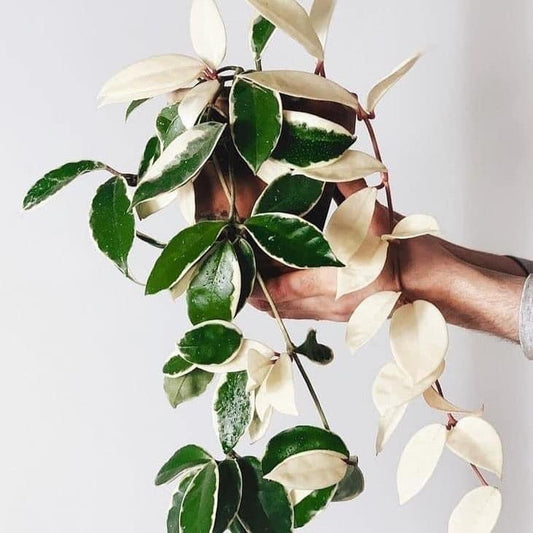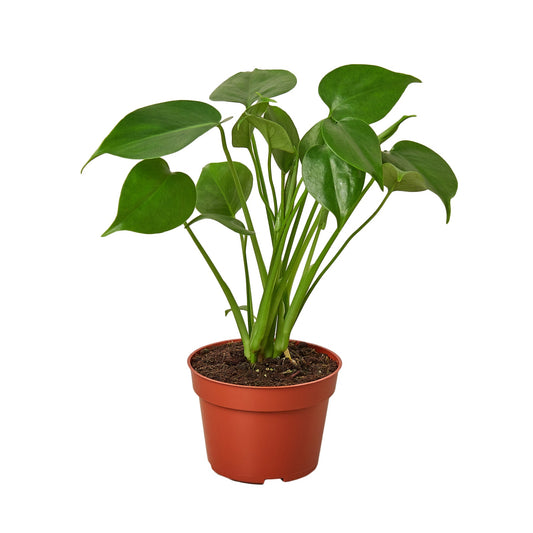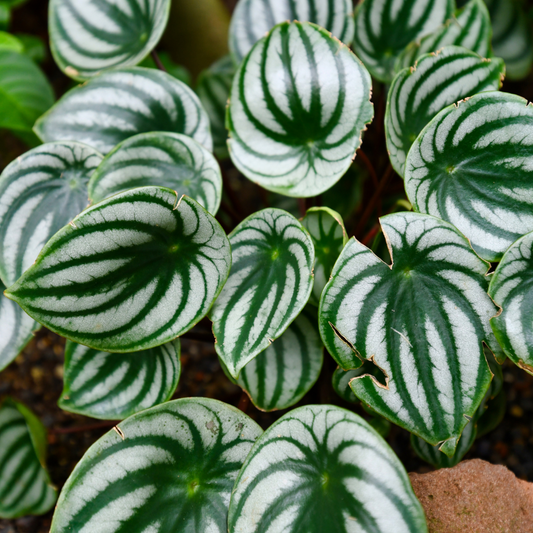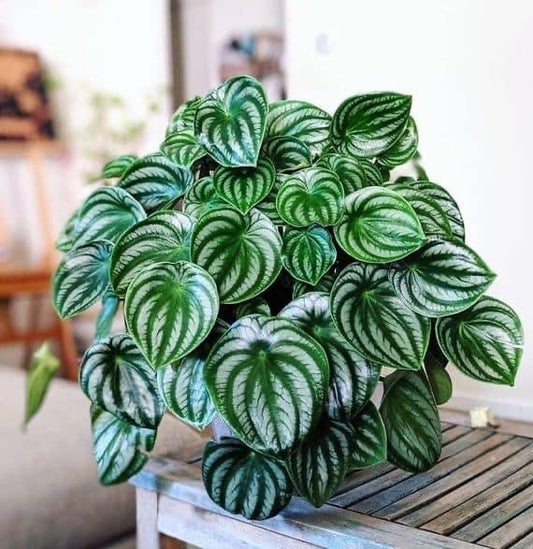Watering indoor plants can be tricky, but it's an essential part of houseplant care that can make or break your plant’s health. Overwatering and underwatering are common issues that plant owners face. In this comprehensive guide, we’ll explore the best practices for watering indoor plants to help them thrive and stay healthy. Whether you're a beginner or an experienced plant parent, these plant watering tips will ensure your plants receive the right amount of water.
Understanding Your Plant’s Water Needs:
Different indoor plants have varying water requirements. Factors such as plant species, size, pot type, and environmental conditions (light, humidity, temperature) play a crucial role in determining how often you should water your plants. Succulents and cacti, for instance, require less frequent watering compared to tropical plants like ferns and peace lilies. Knowing the specific needs of each type of plant is key to proper houseplant care.
How to Determine When to Water:
1. Check the Soil Moisture: The most reliable method to determine if your plant needs water is to check the soil moisture. Stick your finger about an inch into the soil. If it feels dry, it's time to water. For more accuracy, consider using a moisture meter. These devices can provide precise readings and help prevent overwatering, a common mistake in houseplant care.
2. Look for Signs from the Plant: Wilting leaves, dry soil, and yellowing foliage are signs that your plant might need water. Conversely, soggy soil and yellowing leaves can indicate overwatering. Each plant gives subtle hints about its water needs; learning to read these signs is an important part of indoor plant health.
3. Consider the Pot and Soil Type: Plants in terracotta pots generally need more frequent watering than those in plastic pots because terracotta is porous and allows water to evaporate faster. Similarly, well-draining soil mixes dry out quicker than heavy, dense soils. Choosing the right pot and soil type is crucial for proper plant watering and overall plant health.
Best Practices for Watering Indoor Plants:
1. Watering Frequency: There is no one-size-fits-all schedule for watering indoor plants. Generally, it's better to water deeply but less frequently to encourage roots to grow deep into the soil. For most plants, watering once a week is a good starting point, but always adjust based on the specific needs of your plant. Understanding the natural habitat of your plants can provide clues to their watering needs.
2. Watering Technique: Water the soil directly rather than from above to avoid wetting the foliage, which can lead to mold and fungal diseases. Ensure the water reaches the roots by watering until it starts to drain out of the bottom of the pot. This also helps to flush out any built-up salts and minerals. Using a watering can with a long spout can help direct water precisely where it's needed.
3. Morning Watering: Watering your plants in the morning allows them to use the water throughout the day as they undergo photosynthesis. It also gives the soil time to dry out before night, reducing the risk of root rot. This practice aligns with the natural rhythm of most plants, enhancing their indoor plant health.
4. Use Room Temperature Water: Cold water can shock the plant’s roots, while hot water can damage them. Room temperature water is ideal for watering your indoor plants. This simple tip can make a big difference in maintaining the proper temperature balance for your plants' root systems.
Common Mistakes to Avoid:
1. Overwatering: Overwatering is the leading cause of houseplant death. Ensure the pot has proper drainage and avoid letting your plants sit in standing water. Using pots with drainage holes and a well-draining soil mix can prevent this common issue.
2. Inconsistent Watering: Consistency is key. Irregular watering schedules can stress your plants, leading to poor health and growth. Set a regular watering routine and stick to it, adjusting as necessary based on the plant's needs and environmental conditions.
3. Ignoring Plant’s Specific Needs: Research each plant’s specific watering requirements. Some plants, like succulents, prefer to dry out completely between waterings, while others, like ferns, need consistently moist soil. Tailoring your watering practices to each plant will ensure better growth and health.
Additional Tips for Optimal Watering:
1. Group Plants with Similar Water Needs: Grouping plants with similar water requirements can simplify your watering routine. This way, you can water all plants in a group simultaneously without worrying about over or underwatering different types.
2. Adjust for Humidity and Temperature: Indoor climate can significantly impact how often your plants need water. In higher humidity, plants may require less frequent watering, while in drier conditions, they might need more. Monitoring your indoor environment can help you make necessary adjustments.
3. Use Mulch to Retain Moisture: Adding a layer of mulch on top of the soil can help retain moisture, reducing the need for frequent watering. This is especially useful in dry climates or during winter when indoor heating can dry out the air.
Seasonal Adjustments: Indoor plants' water needs change with the seasons. During the growing season (spring and summer), plants generally require more water as they are actively growing. In the dormant period (fall and winter), their water needs decrease. Adjust your watering frequency accordingly. This seasonal adjustment ensures that your plants are not overwatered during their dormant phase or underwatered during active growth periods.
Using Technology for Better Plant Care:
1. Smart Watering Systems: Consider investing in smart watering systems that automate the process. These systems can be programmed to water your plants at specific intervals, ensuring they receive consistent care.
2. Plant Care Apps: There are several plant care apps available that can help you track watering schedules, monitor plant health, and provide reminders for when it's time to water. These tools can be particularly helpful for busy plant parents.
Properly watering indoor plants is essential for their health and longevity. By understanding your plants' specific water needs, checking soil moisture, and using the right watering techniques, you can ensure your houseplants thrive. Remember, it’s always better to underwater than overwater, as plants can recover more easily from drought than from waterlogged soil. Happy watering!
By following these plant watering tips, you can master the art of watering your indoor plants, ensuring they remain vibrant and healthy. Don’t forget to adjust your watering practices based on the specific needs of each plant and the changing seasons. With these best practices in houseplant care, your indoor garden will flourish, bringing beauty and freshness to your home.
























